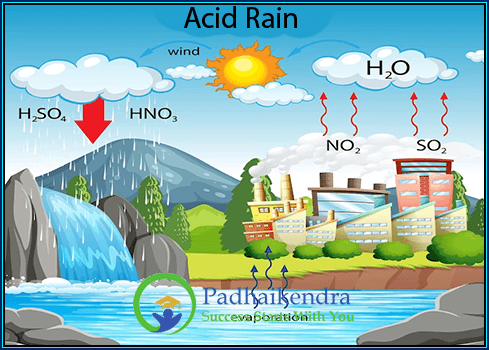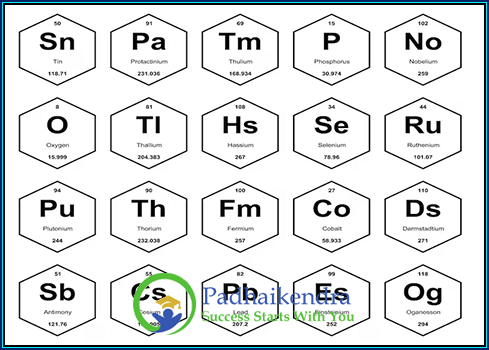The Formula of a Compound: Understanding the Composition of Chemical Substances
The formula of a compound provides valuable information about the composition and arrangement of atoms within a chemical substance. It serves as a concise representation of the elements and their respective ratios present in a compound. Understanding compound formulas is crucial in the field of chemistry as it enables scientists to identify, categorize, and predict the properties and behavior of various substances.
The chemical formula for a compound is written using the symbols of the elements involved, along with subscripts to indicate the number of atoms of each element.
For example, the chemical formula for water is H2O, which tells us that a molecule of water contains two hydrogen atoms and one oxygen atom.
The subscripts in a chemical formula can be either positive or negative. Positive subscripts indicate the number of atoms of an element in a molecule, while negative subscripts indicate the charge of an ion.
For example, the chemical formula for sodium chloride is NaCl, which tells us that a molecule of sodium chloride contains one sodium ion (Na+) and one chloride ion (Cl-).
There are two main types of chemical formulas: Molecular formulas and Empirical formulas.
⇒ The empirical formula of a compound can be determined by experimental methods, such as combustion analysis. The molecular formula of a compound can be determined by knowing the empirical formula and the molecular weight of the compound.
Empirical Formula:
The empirical formula represents the simplest whole-number ratio of atoms in a compound. It does not provide information about the actual number of atoms present but rather focuses on their relative proportions. To determine the empirical formula, one can employ experimental data, such as mass or percent composition.
Example of Empirical Formula:
The empirical formula of water (H2O) indicates that the ratio of hydrogen to oxygen atoms is 2:1.
The empirical formula of glucose (C6H12O6) reveals a 1:2:1 ratio of carbon, hydrogen, and oxygen atoms.
Molecular Formula:
The molecular formula indicates the actual number of atoms of each element in a molecule. It provides a more specific and comprehensive representation of a compound compared to the empirical formula. Molecular formulas are especially significant for organic compounds.
For example:
The molecular formula of water remains the same as its empirical formula (H2O), indicating that each water molecule contains two hydrogen atoms and one oxygen atom.
The molecular formula of glucose is also C6H12O6, highlighting the presence of six carbon, twelve hydrogen, and six oxygen atoms in each molecule.
Structural Formula:
The structural formula illustrates the arrangement of atoms within a molecule. It not only reveals the types and numbers of atoms but also depicts their connectivity and bonding patterns. Structural formulas are particularly useful in organic chemistry to understand the three-dimensional structure of complex molecules.
For example:
The structural formula of ethanol (C2H5OH) shows the arrangement of two carbon atoms, six hydrogen atoms, and one oxygen atom, along with the bonds between them.
Ionic Formula:
Ionic compounds consist of positively charged cations and negatively charged anions held together by electrostatic forces. Ionic formulas reflect the ratio of ions present in the compound. When writing an ionic formula, it is essential to balance the charges to achieve electrical neutrality.
For example:
The ionic formula of sodium chloride (table salt) is NaCl, representing the combination of one sodium cation (Na+) and one chloride anion (Cl-).
Polyatomic Ions:
Polyatomic ions are groups of covalently bonded atoms that carry a net positive or negative charge. They often act as a single unit in chemical reactions and have their specific formulas.
For example:
The sulfate ion (SO4 2-) consists of one sulfur atom and four oxygen atoms. The formula indicates the overall charge and the number of each atom present.
Understanding the formula of a compound is vital for comprehending its chemical composition and properties. Whether it is the empirical formula, molecular formula, structural formula, or ionic formula, each type provides unique information about the arrangement and ratios of atoms within a compound. By analyzing and manipulating these formulas, chemists can unlock insights into the behavior, reactions, and applications of various substances, contributing to advancements in numerous scientific and industrial fields.





